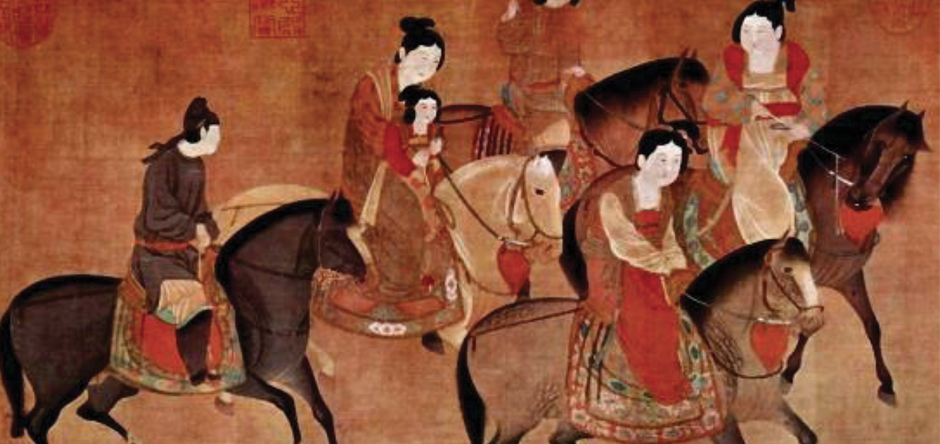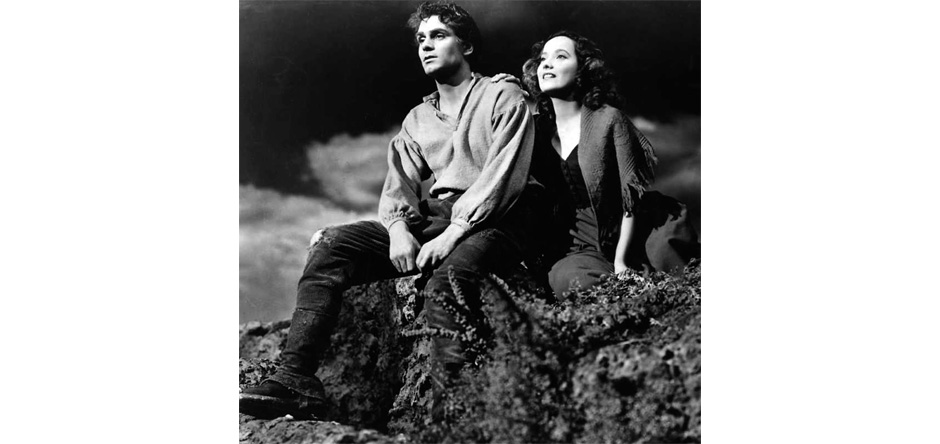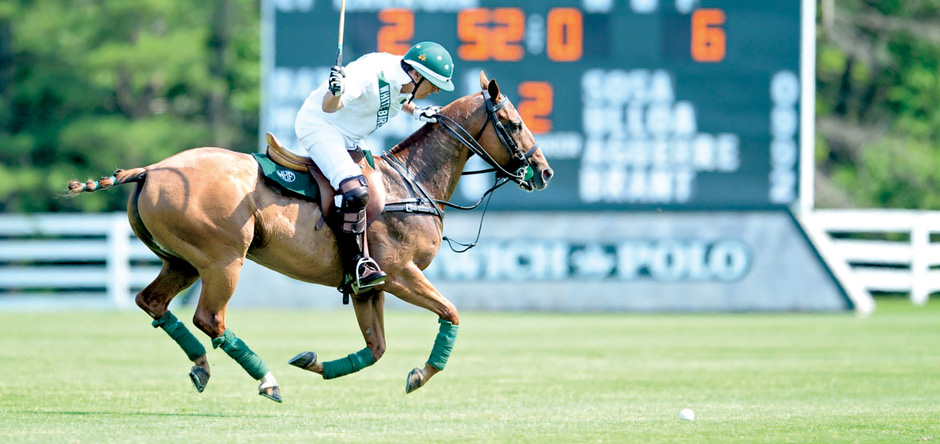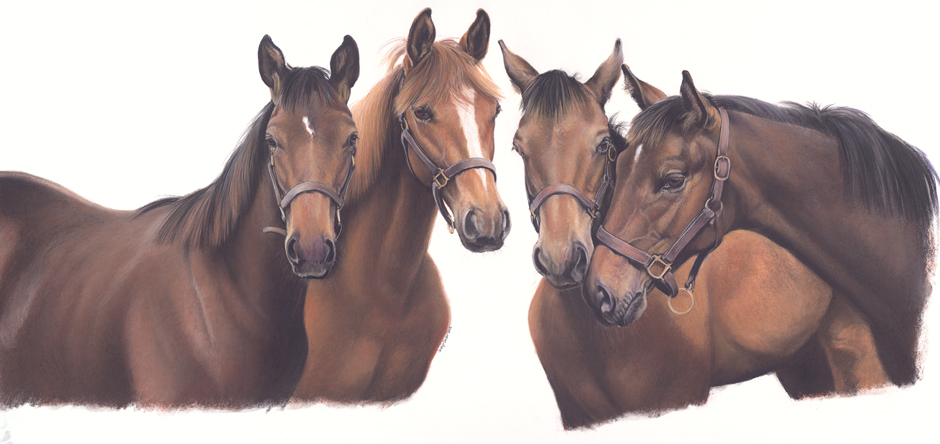In 1949, shortly before the end of China’s Civil War as the Communist troops were about to cross the Yangtze River to seize China’s capital city of Nanking, Generalissimo Chiang Kai-shek, president of Nationalist China, asked my father, Canadian Ambassador Chester Ronning, if he would exercise his horse, Wudi, until arrangements could be made for the stallion to be sent to his palatial sanctuary in Formosa (Taiwan). The Generalissimo confided that none of his officers dared to ride the spirited horse.
Dad was delighted. It was the best offer made to him since his diplomatic assignment in China. In his youth, as an aspiring cowboy in Western Canada, he had tamed wild horses and was certain he could handle this one. But Chiang Kai-shek’s horse was no ordinary equine. He was a “Celestial Horse” (Tien Ma), a beautiful chestnut Ferghana steed, whose pedigree dated from the Han Dynasty (206 B.C.-220).
Wudi’s namesake was Han Dynasty Emperor Wu, the “Son of Heaven,” (140-87 B.C. ), famous for his military conquests. Over 2,000 years ago, this “Martial Emperor’ had divined by the “I Ching,” or “Book of Changes,” that “divine horses are due to appear from the northwest.” He determined to find them.
In 138 B.C., Gen. Zhang Qian, the commander of the guards at the imperial palace, volunteered to make the hazardous journey to Central Asia to make peace with nomadic tribes in order to trade silk for their horses, who were reputed to be descendants of supernatural or Celestial Horses. They were also the fastest and most beautiful horses in the world. They had been bred to perfection and used as war horses by the bloodthirsty Xiongnu (Huns), a Turkish-speaking nomadic tribe, who drank their slain enemy’s blood from their skulls. At the apex of its power, in the second century B.C., the Huns held sway over a territory that extended from Eastern Mongolia to the Astral Sea. From time to time, the ruthless cavalry of Huns, mounted on “golden steeds,” raided China. The Great Wall was built to keep them out.
Gen. Zhang set off with a hundred mounted men. They rode 3,106 miles northwest to the lush Ferghana Valley, (Turkestan), now Uzbekistan. They were ambushed and captured by the Huns and remained in captivity for 10 years. However, they were treated well. Zhang married and fathered two sons. His wife, like much of the population, was a descendant of Alexander the Great’s Greco-Macedonian colonists, who occupied the area in the fourth century B.C. When the general saw the Celestial Horses he was stunned by their beauty and strength. They stood 16 hands and were superior in muscle and stamina to China’s indigenous breeds. They were believed to be supernatural because of their extraordinary speed and, while galloping, the horses sweated blood without losing power.
In 104 B.C., Gen. Zhang managed to escape and return to the Han court. He described the magnificent steeds to the Emperor: “Dry, noble head with a slight Roman nose, graceful neck with a clear curve, strong well-defined shoulders, long, strong back. Well-muscled croup. The horse carries the rider in a well-balanced smooth manner. … They move like snakes and look like dragons.”
During the continual wars among growing empires in Asia, it was evident that achieving power depended on the ability to fight on horseback. The art of cavalry required the strongest horses. Emperor Wu Di ordered the general to trade bolts of silk for a thousand horses and march them back along the northern Silk Road to the Han court. However, it was easier said than done. The king of the Huns in Samarkand, who considered the horses national treasures, refused to trade them.
So began the first war ever fought over horses.
The emperor assigned Zhang to lead an army of 40,000 men to Ferghana to commandeer the horses, but the Chinese were defeated. A year later, Zhang led a reinforced army of 60,000. They managed to negotiate (forcibly) the acquisition of horses in exchange for silk and tea. The general commandeered 3,000 of the finest stallions and mares and reached an agreement that Ferghana would send two Celestial Horses each year to the Han emperor, along with enough seed to grow alfalfa for their nourishment. The stately caravan of heavenly horses trooped back along the Silk Road to the Han court, but only 1,000 of the strongest survived the long journey through the Hexi Corridor. It was the first of many caravans that followed the Silk Road to Ch’ang-an (Xian) where 20 centuries later Chiang Kai-shek’s horse was bred of Celestial champions.
The “sweating blood” horses were also documented by Silk Road travelers in the 19th and 20th centuries. Why the horses sweated blood remained a mystery until it was discovered that the cause was parasites that burrowed into the subcutaneous tissues under the skin around the horses shoulders. This produced little skin nodules that burst and bled when the horses sustained a long hard gallop.
By 1948, when my father was riding Chiang Kai-shek’s Celestial Horse, these blood-sucking parasites had disappeared, but he soon found out why the Generalissimo’s officers had refused to exercise his horse. Celestial Wudi taught him a lesson in humility. The first time he mounted Wudi, the horse snorted and bucked, but when he found this didn’t work, he galloped under a low-hanging branch knocking off the arrogant “foreign devil.” The next day my father was prepared to duck the branches and be more diplomatic in his effort to make peace with China’s chief icon.
Celestial Horses are still a top status symbol for the elite descendants of the original Communist revolutionaries. The horse today is called Akhai-Teke and is bred to perfection by Central Asian nomads.
Twenty centuries earlier, emperors and aristocrats were buried with bronze statues of their favorite horses to ride them into eternity. In 1969, the burial chamber of an Eastern Han general, who died 2,000 years ago, was discovered in Wuwei, Gansu province. His tomb contained a treasure trove of bronze horses and chariots considered to be the finest artwork of the Han dynasty. Celestial Horses became models for some of the finest bronze and tricolored porcelain statues in the history of art. Prototypes for famous terra-cotta Tang dynasty horses, on view in museums and antiques galleries, descended from this breed.
In Chinese astrology, the horse is considered a lucky symbol. A white celestial cloud horse is sacred to the Chinese goddess of Mercy, Kwan Yin. Her horse has supernatural powers and flies through the heavens, bringing blessing and good tidings.





fabulous story thank you!